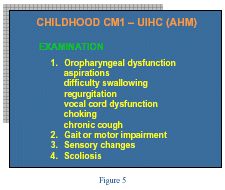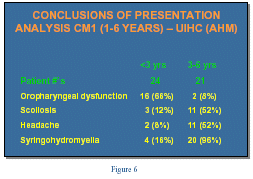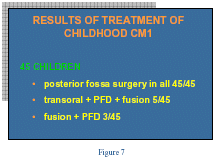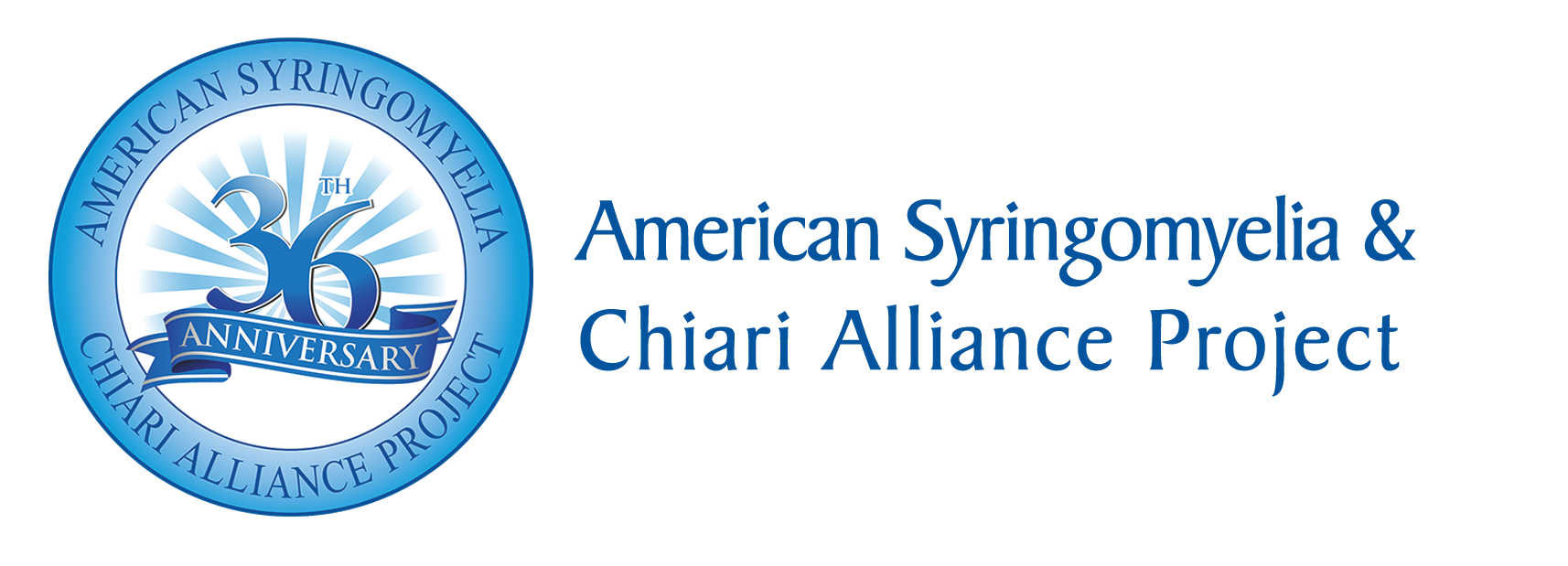 When we examined them [see Figure 5] we looked for oralpharyngeal abnormalities. We talked about aspiration, difficulty swallowing, regurgitation, meaning coming up the wrong way. Now its a very common diagnosis in pediatrics to have what is called achalasia cardia. That means the sphincter that closes off between the stomach and the esophagus down about here, should close off after youre finished eating. In 40% of children, especially males, below the age of 2, they can regurgitate and you know that you always put an apron or a towel or a bib around the child after feeding them because it comes up. This is a little different and it comes up with a big projectile movement.
When we examined them [see Figure 5] we looked for oralpharyngeal abnormalities. We talked about aspiration, difficulty swallowing, regurgitation, meaning coming up the wrong way. Now its a very common diagnosis in pediatrics to have what is called achalasia cardia. That means the sphincter that closes off between the stomach and the esophagus down about here, should close off after youre finished eating. In 40% of children, especially males, below the age of 2, they can regurgitate and you know that you always put an apron or a towel or a bib around the child after feeding them because it comes up. This is a little different and it comes up with a big projectile movement.
Vocal cord dysfunction. Your vocal cord and mine is innervated by the tenth nerve that keeps it moving in and out. When were breathing it opens up, when were swallowing it closes down. If instead theres an abnormality and its going to stay partly open, it can allow food to go through. Second thing is that if you watch a child and if you hear the (strider sound) that means that things are not going right- its in a bad position. Choking and chronic cough occur because things are going the wrong way. Gait and motor impairment, sometimes sensory. Kids cant tell us that theyre having sensory abnormalities but what they do is they start rubbing their hands or they dont want somebody to touch them.
Scoliosis. No exam is complete without scoliosis.
 I broke this down to be very simple, [see Figure 6] just to see that swallowing and oralpharyngeal dysfunction is significant. 16 out of 24, as opposed to 2 out of 21. So kids come in with this problem earlier, the older child comes in with scoliosis and headache, theyre more able to tell us what the problem is. And a syrinx was less common, a cavity in the spinal column was less common, below the age of 3, then between 3 and 6. So to sum up the slide, weve got more of a problem below the age of 3.
I broke this down to be very simple, [see Figure 6] just to see that swallowing and oralpharyngeal dysfunction is significant. 16 out of 24, as opposed to 2 out of 21. So kids come in with this problem earlier, the older child comes in with scoliosis and headache, theyre more able to tell us what the problem is. And a syrinx was less common, a cavity in the spinal column was less common, below the age of 3, then between 3 and 6. So to sum up the slide, weve got more of a problem below the age of 3.
In our institution when we are considering an operative procedure on anybody with this situation we look at the clinical presentation. We like to see the anatomy, we do many studies, some of them are volumetric analysis to tell us the size of the area. We check this out with 3D CTs, MR. The important is stability. Is this area rocking? Does the position change between the head tipped back / extension / flexion or sideways? How do we assess that? With an MRI usually.
Is there hydrocephalus or is there a syrinx? And since we see a lot of kids we talk about other things that are going on, such as, bony abnormalities, and theyre called a skeletal dysplasia.
 Of these children all 45 had an operation from behind. [see Figure 7] 5 of those 45 had a problem from in front that required attention from in front and from behind too. Posterior fusion was needed in 3 of the 45 below the age of 6. Now everyone whos had an anterior procedure and the other too patients requires a posterior fixation. Weve talked about this since 1980 and its more or less accepted. When I first came to this meeting talking about these Chiari problems I made a mistake that all of us do, we forget that we are not at a medical neurosurgical convention and we showed pictures that made
Of these children all 45 had an operation from behind. [see Figure 7] 5 of those 45 had a problem from in front that required attention from in front and from behind too. Posterior fusion was needed in 3 of the 45 below the age of 6. Now everyone whos had an anterior procedure and the other too patients requires a posterior fixation. Weve talked about this since 1980 and its more or less accepted. When I first came to this meeting talking about these Chiari problems I made a mistake that all of us do, we forget that we are not at a medical neurosurgical convention and we showed pictures that made
some in attendance uncomfortable.



